RUSSIA
Moscow

Moscow
Moscow
Moscow is by far the largest city in Russia. The Russian capital has more than 11.5 million inhabitants. It is an impressive city full of history and culture with sinister Soviet buildings, wide streets and a vibrant night and cultural life.
Location
Moscow is the capital of Russia and is located in Eastern Europe. Moscow is in the middle of Russia. The Moskva River, with a length of 500 kilometers, flows through the city. The Yauza River also crosses the city. Moscow has an area of 1,081 square kilometers and a population of 11,501,000.
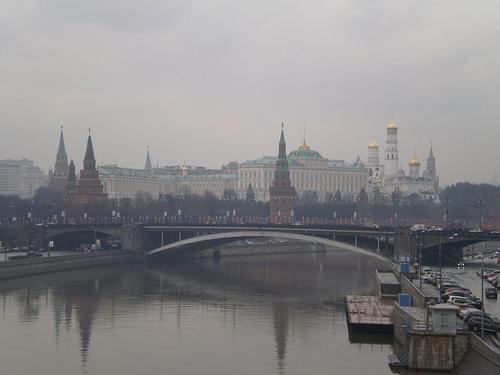 Moskva river MoscowPhoto: Superchilum CC 3.0 Unported no changes made
Moskva river MoscowPhoto: Superchilum CC 3.0 Unported no changes made
Weather
Moscow has a moderate continental climate. This means that the summers are very hot and the winters can be quite cold. In the winter months, Moscow is often covered with a layer of snow and the average temperature is between -5 °C and -15 °C. In the summer months, on the other hand, temperatures can reach as much as 40 °C. The best time to visit Moscow is from May to August.
History
Moscow probably originated around 1147 as a small secluded provincial town. We all know Russia from the turbulent history of the Tsar Empire and the subsequent communist era of the Soviet Union. The 12th century saw a steady growth and relative stability. This ended in the late 1230s when barbarians from the Mongol Empire attacked the city. After this, Ivan I Danilovich Kalita reigned as the Prince of Moscow from 1325 to 1340 and was responsible for the rapid rise in the status of the city. The year 1480 was a turning point in Moscow's history as Ivan III of Russia (Ivan the Great) successfully led the way to independence and liberated Moscow from the then Tartar regime. The city quickly became the center of Russian power.
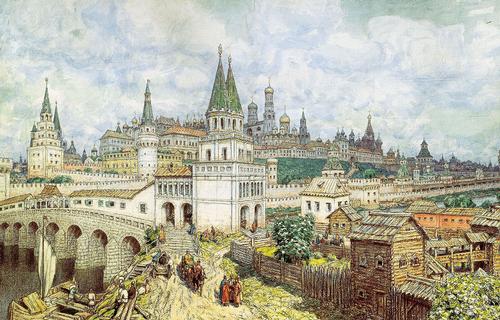 Moscow 17th centuryPhoto: Public Domain
Moscow 17th centuryPhoto: Public Domain
In 1712 Moscow was replaced by St. Petersburg as the capital of Russia. A devastating plague epidemic in the early 1770s claimed the lives of about 100,000 Muscovites (residents of Moscow). The Grande Armée of France was headed by Napoleon Bonaparte to Moscow in 1812 as part of the French invasion of Russia. The population burned the city to prevent the French from taking advantage of the wealth. Napoleon was eventually defeated due to cold, lack of shelter, and hunger. Moscow rose from the ashes after the French withdrew.
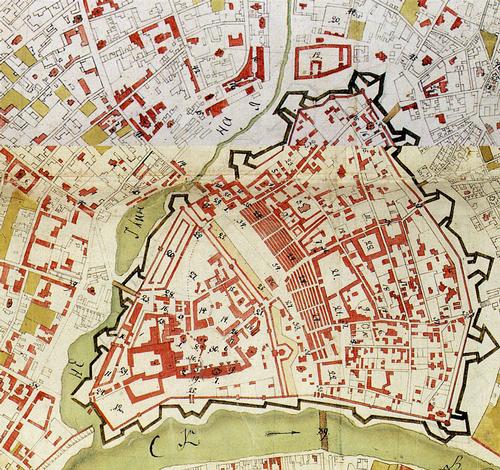 Map of the Kremlin in 1760Photo: Public Domain
Map of the Kremlin in 1760Photo: Public Domain
After this, the tsars took control of Russia. In 1917 the Russian Revolution broke out, Bolshevik troops marched on Red Square against the tsarist autocracy and the monarchy of Russia came to an end. After the revolution, Moscow regained the status of capital. Moscow was protected by the National Army of the Soviet Union during World War II under the supervision of the communist Joseph Vissarionovich Stalin. Despite all the damage during the war, Moscow chose to continue building its modern metro network. That network was opened when the war ended.
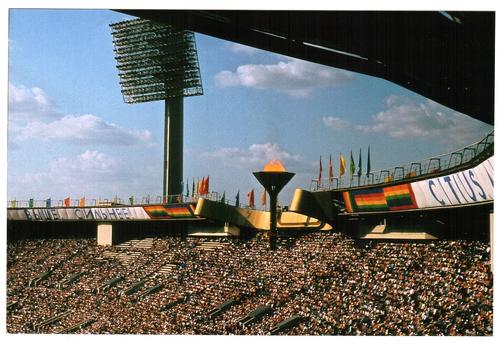 1980 Moscow Summer GamesPhoto: Derzsi Elekes Andor CC 4.0 no changes made
1980 Moscow Summer GamesPhoto: Derzsi Elekes Andor CC 4.0 no changes made
A highlight for Moscow was the organization of the prestigious 1980 Summer Olympics, but after the involvement of the Soviet Union in Afghanistan, athletes from the US and some Western countries decided to boycott the games for political reasons. In the year 1991, a failed coup d'état in the city marked the dissolution of the Soviet Union. Today Moscow is a modern city with a global economy. Shopping centers, international restaurants and stylish contemporary architecture adorn the capital's streets.
Sights
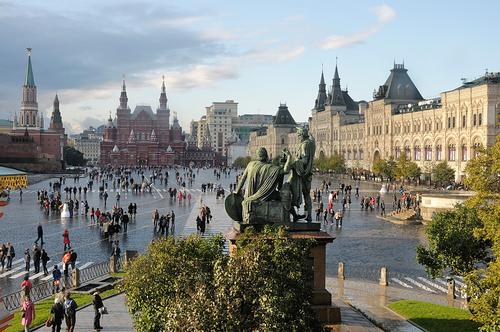 Red Square MoscowPhoto: Christophe Meneboeuf CC 3.0 Unported no changes made
Red Square MoscowPhoto: Christophe Meneboeuf CC 3.0 Unported no changes made
Right in the center of Moscow is the Red Square. The name refers to the red walls of the Kremlin and is derived from the Russian word "krasnyj" which means both "beautiful" and "red". Red Square has been officially included in the UNESCO World Heritage List since the 1990s. The square has gigantic dimensions (100 meters wide and 550 meters long) and is surrounded by the Kremlin with its impressive churches and palaces. The square has always been the scene of important moments in the history of Russia; from speeches by the Tsars to major military manifestations and executions in the days of the Soviet Union.
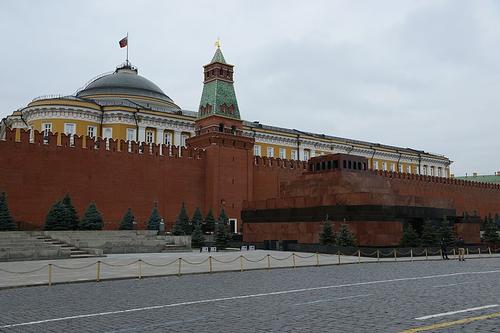 Lenin Mausoleum MoscowPhoto: Jorge Lascar CC 2.0 Generic no changes made
Lenin Mausoleum MoscowPhoto: Jorge Lascar CC 2.0 Generic no changes made
Another interesting historical landmark of Moscow is the Lenin Mausoleum. Vladimir Lenin was the first head of the Soviet Union. After his death, he was embalmed and initially housed in a wooden mausoleum in Red Square. Later, a large mausoleum on Red Square was designed by the architect Shchusev. The tomb is in the shape of a pyramid and is 24 meters long and 12 meters high. Behind the Lenin mausoleum are buried more famous leaders from the Soviet era, including Lenin's successor: Stalin.
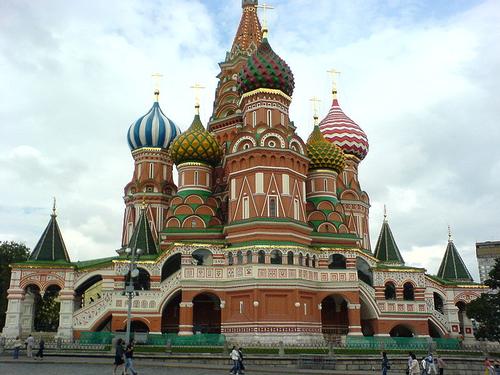 Saint Basil's Cathedral MoscowPhoto: Public domain
Saint Basil's Cathedral MoscowPhoto: Public domain
Nothing can prepare you for the crazy mix of bright colors and unique shapes that come together in the Cathedral of Saint Basil the Blessed, arguably the ultimate Russian iconic building. The church was built between 1555 and 1561 and replaced an existing church. The cathedral was erected as a monument to the victorious Ivan the Terrible and his successful conquest of the Tatars' stronghold. The interior is beautifully finished down to the smallest details. The building can be visited with a guide.
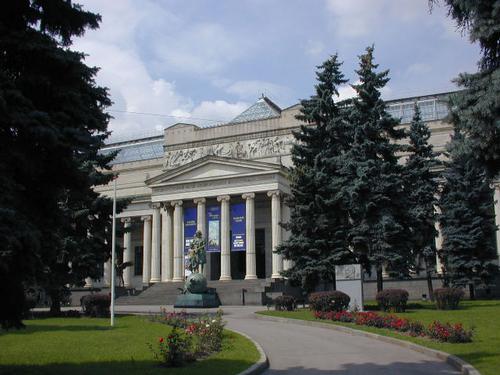 Pushkin Museum MoscowPhoto: Ghirlandajo CC 3.0 Unported no changes made
Pushkin Museum MoscowPhoto: Ghirlandajo CC 3.0 Unported no changes made
One of the most remarkable art museums in all of Russia can be found in the south of Moscow, in the central house of the artists (Tsentral'nyi Dom Khudozhnikov). Every year more than half a million people visit this museum with an exhibition space of about 10,000 square meters. Highlights include 20th century Soviet art and paintings by renowned artists such as Giorgio Morandi and Salvador Dali. Other notable art museums are the Galereia Elisium, the Gertsev art gallery and also the Soiuz Tvorchestvo, where about 50 artists exhibit their works every year. Also visit the Pushkin Museum of Fine Arts, best known for its collection of Impressionist paintings.
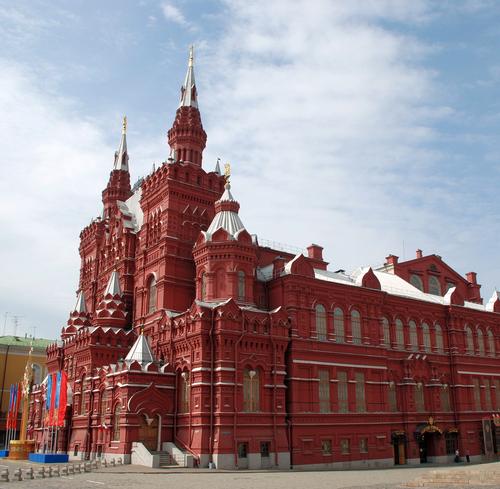 Moscow National Historical MuseumPhoto: Andrey CC 2.0 Generic no changes made
Moscow National Historical MuseumPhoto: Andrey CC 2.0 Generic no changes made
The National Historical Museum is located in the heart of Moscow in Red Square. The museum was officially established in 1872 by a personal decree of Tsar Alexander II and it was opened to the public in 1883 on the day of the coronation of Tsar Alexander III after whom the museum was originally named. The National Historical Museum has a collection covering all historical periods and cultural traditions from the early Stone Age to the present day.
Tips
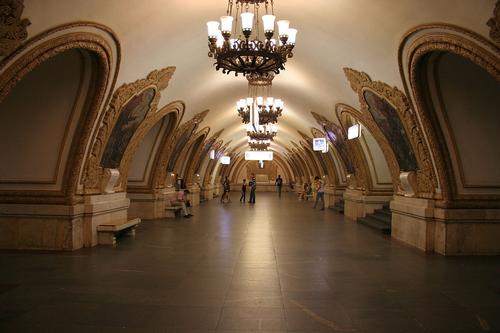 Moscow metro stationPhoto: A. Savin CC 3.0 Unported no changes made
Moscow metro stationPhoto: A. Savin CC 3.0 Unported no changes made
It is absolutely advisable to travel by metro in Moscow. The metro stations are real underground gems. The metro network is immense and that makes a trip with this public transport a whole experience in itself.
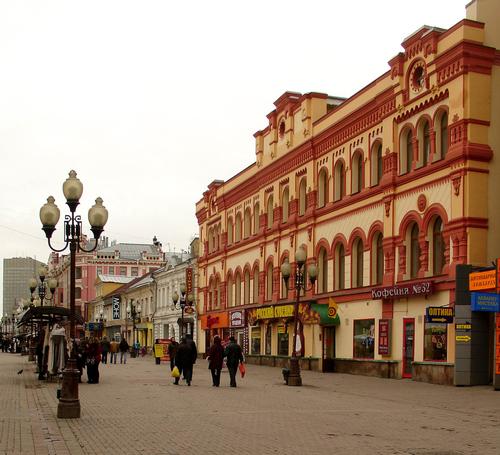 Arbat MoscowPhoto: NVO CC 4.0 International no changes made
Arbat MoscowPhoto: NVO CC 4.0 International no changes made
Arbat Street west of the Kremlin should also not be skipped. It is always pleasantly busy in this bustling street. Musicians and other artists show their skills and there are a large number of good restaurants.
Useful links Moscow
BBC Country ProfilesWorld Fact Book Explore all Countries
How to call
Last updated November 2025
Copyright: Team - The World of Info